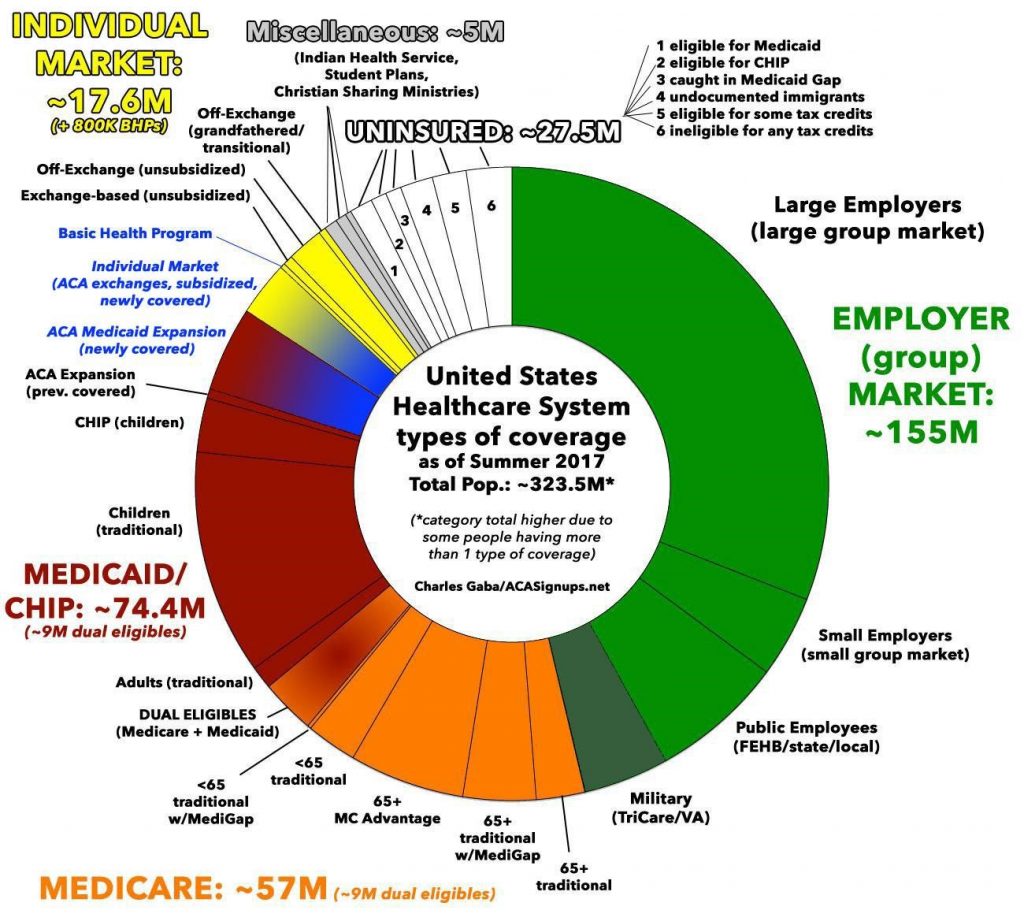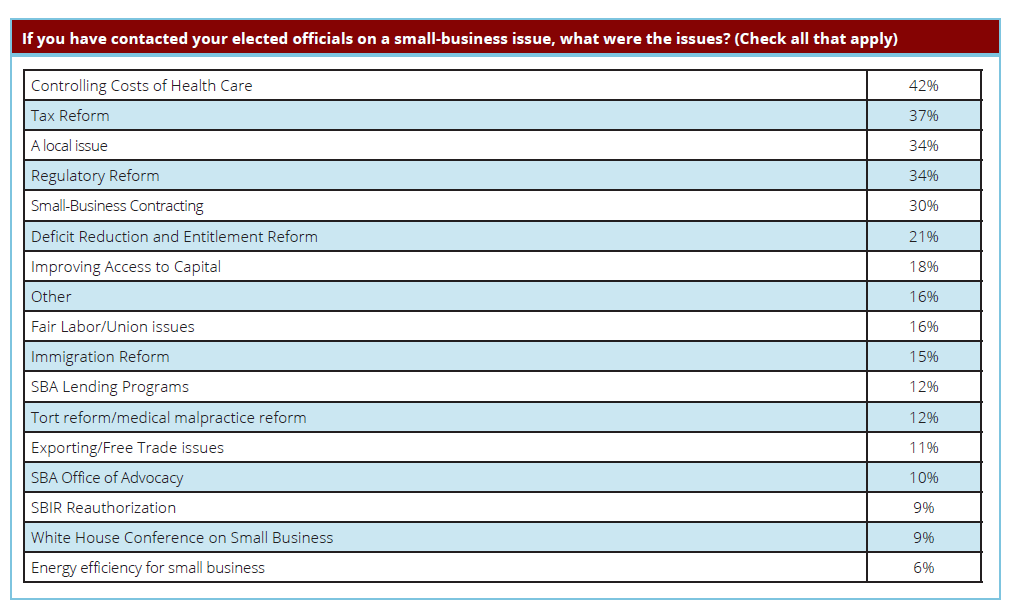Anthem Steers Members Away from Hospitals for MRIs, CT Scans, in Favor of Freestanding Facilities
Anthem Steers Members Away from Hospitals for MRIs, CT Scans, in Favor of Freestanding Facilities
Anthem is expanding its recently launched program that cuts hospital outpatient payments for MRIs and CT scans in order to steer patients toward freestanding facilities that provide these imaging services at lower cost. The program began in July with four states, and is now growing to include a total of nine states, including Colorado, New York, and Ohio.
Under its Imaging Clinical Site of Care program, Anthem no longer pays hospitals in the affected states for outpatient imaging services for MRIs or CT scans. Imaging is a large part of hospital revenue, and Anthem said it costs more to have the service done in a hospital outpatient setting than at a freestanding facility, according to a recent article in Healthcare Finance.
According to Anthem, imaging services can be just as safely provided in a lower cost, free-standing center as in a hospital outpatient setting. The cost for MRIs and CT scans can vary from $350 to $2,000 as Anthem noted when it began educating members about their options related to imaging services in 2010.
Anthem is willing to share the cost-savings with its members. In cases where it is not medically necessary to receive services from a hospital, consumers who go to a freestanding facility can save close to $1,000 out-of-pocket for some imaging services for those who have not met their deductible, and up to $200 for those whose plans require only a copay, the article notes, based on Anthem data.
Helping patients understand cost differences and sharing savings from changing the site of care is important as a recent report in Health Affairs, notes many consumers do not make any attempt to compare prices for health care services. “Most survey respondents said they didn’t comparison shop or even ask how much they would owe in copayments or other cost-sharing expenses before they turned up for an appointment.”
With a large insurer such as Anthem leading the way, other private insurers may follow suit on reimbursement for imaging services. “Hospitals need to recognize they are competing in a market already delivering on convenience, quality and affordability,” Anthem spokesperson Lori McLaughlin said.
Similar moves have been made on the public payer side as well.
Under Medicare, procedures performed in the hospital outpatient department are paid at a higher rate under the hospital outpatient prospective payment system compared to freestanding clinics, which are paid on the Medicare physician fee schedule. In July 2017, the Centers for Medicare & Medicaid (CMS) said it plans to continue implementing reductions to the outpatient prospective payment system spending in CY 2018, as it had begun in CY 2017. CMS estimated it would save approximately $500 million in 2017 by reimbursing services provided at certain outpatient provider-based departments at 50% of the Outpatient Prospective Payment System; this percentage is proposed to change to 25% in CY 2018.
This is a great example of the kind of approach that’s needed to lower health care costs. As I’ve noted in prior blogs (for example, here), we get what we pay for. If we want to move the needle on costs, we need a lot more of this type of approach, incentivizing patients to take advantage of lower cost, high quality alternatives to the way things have traditionally been done.





